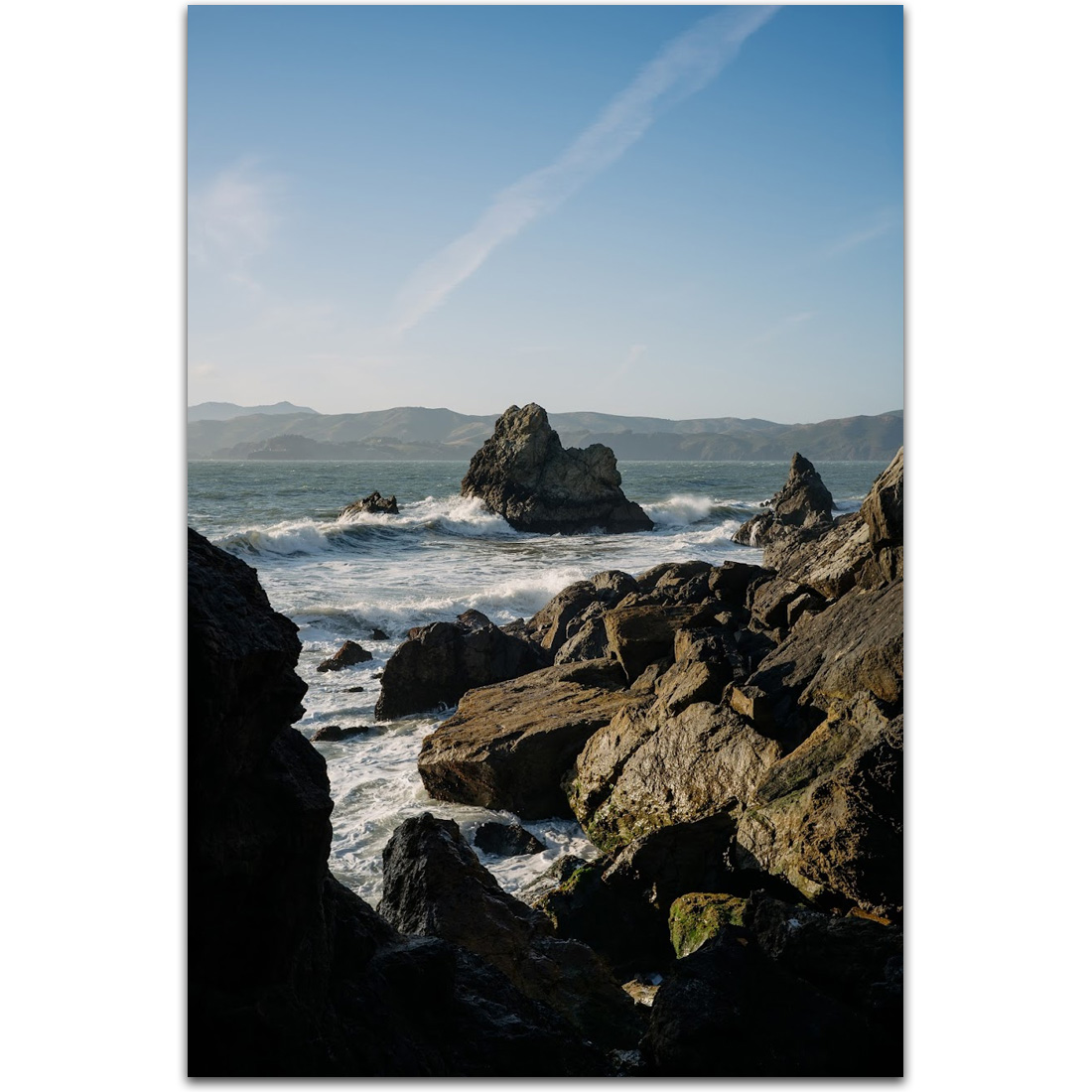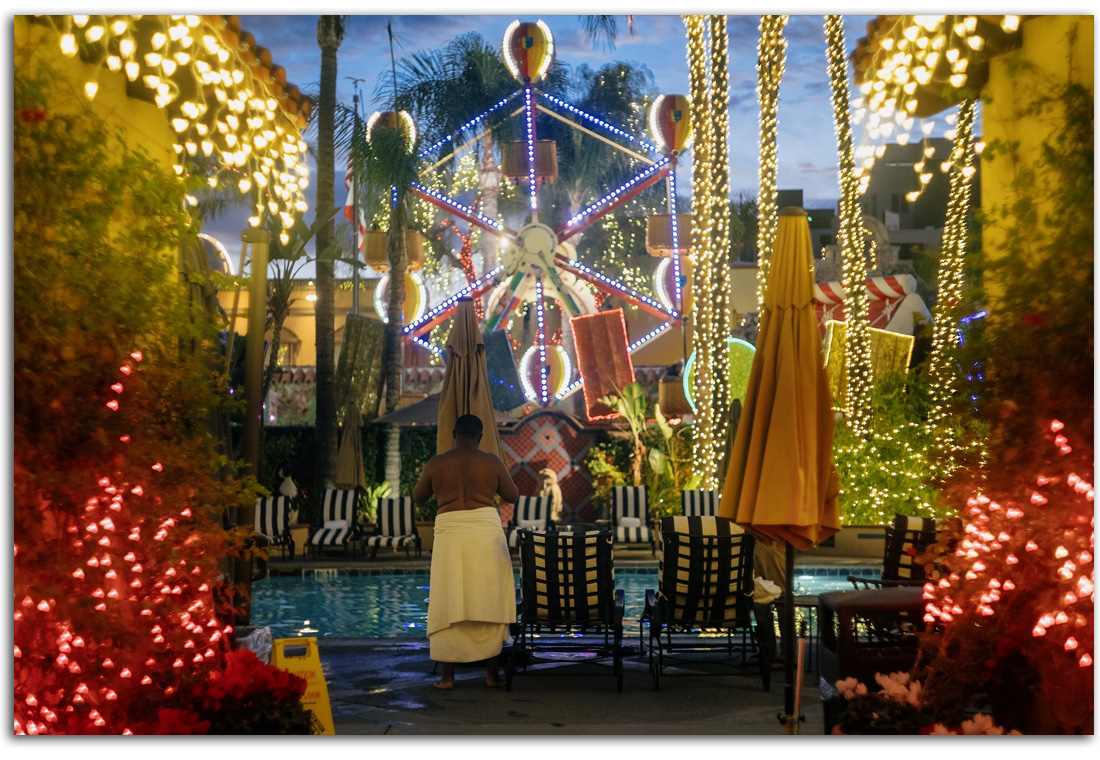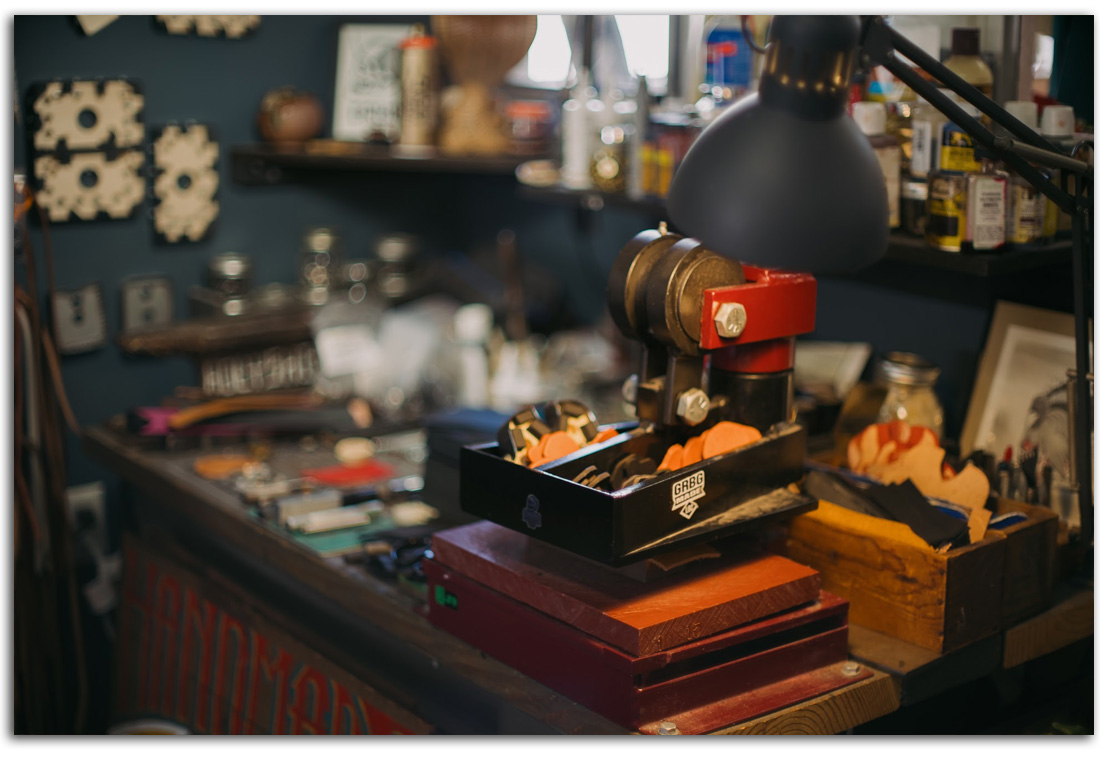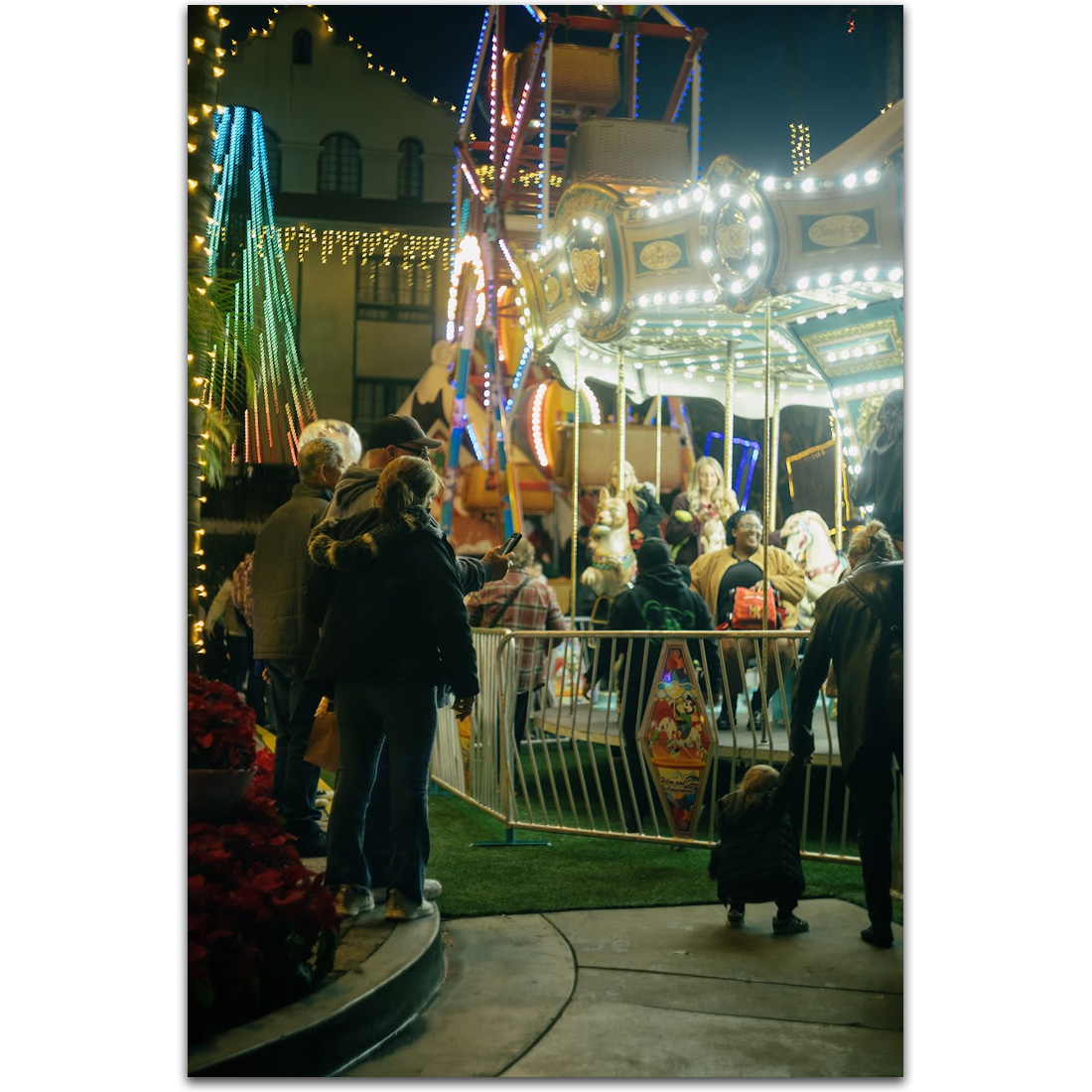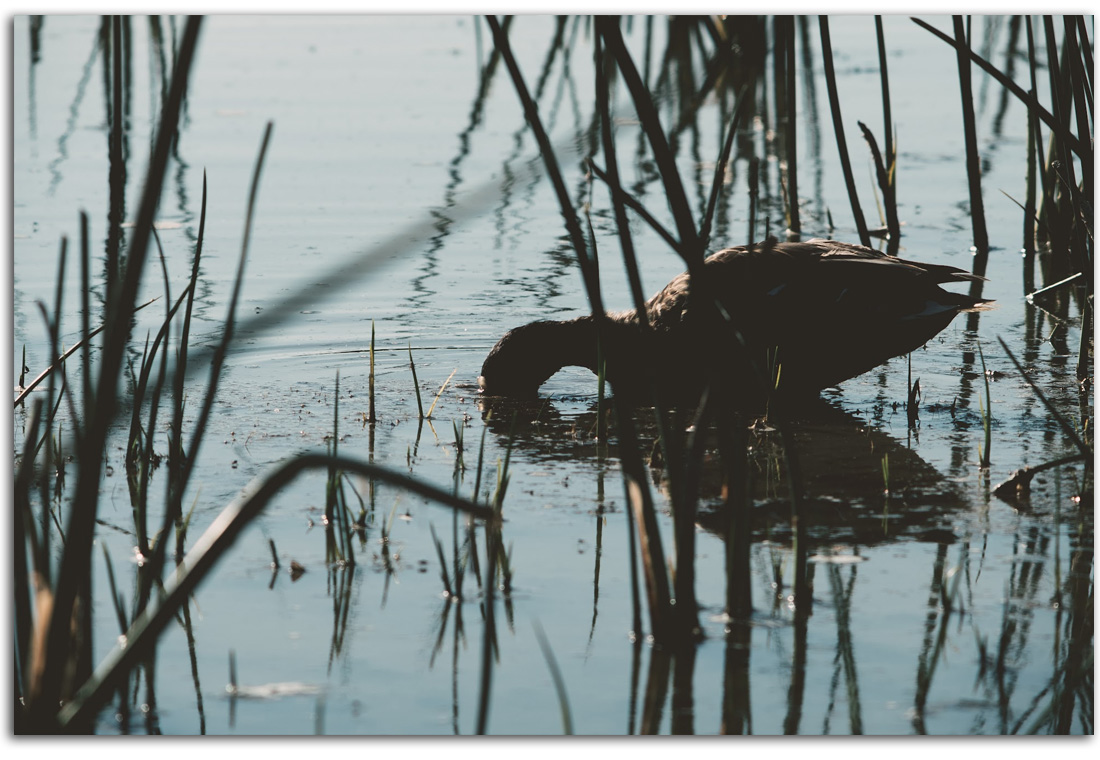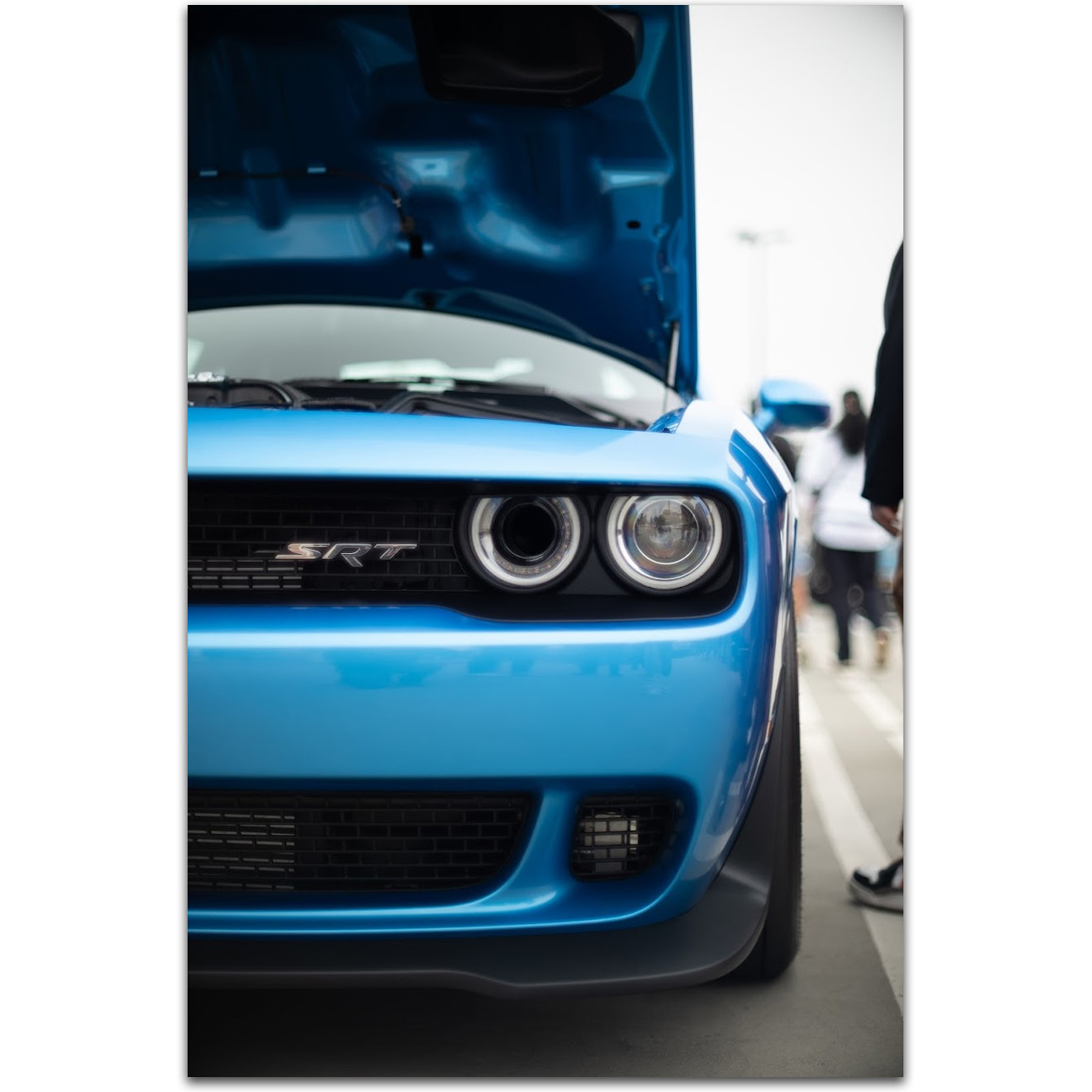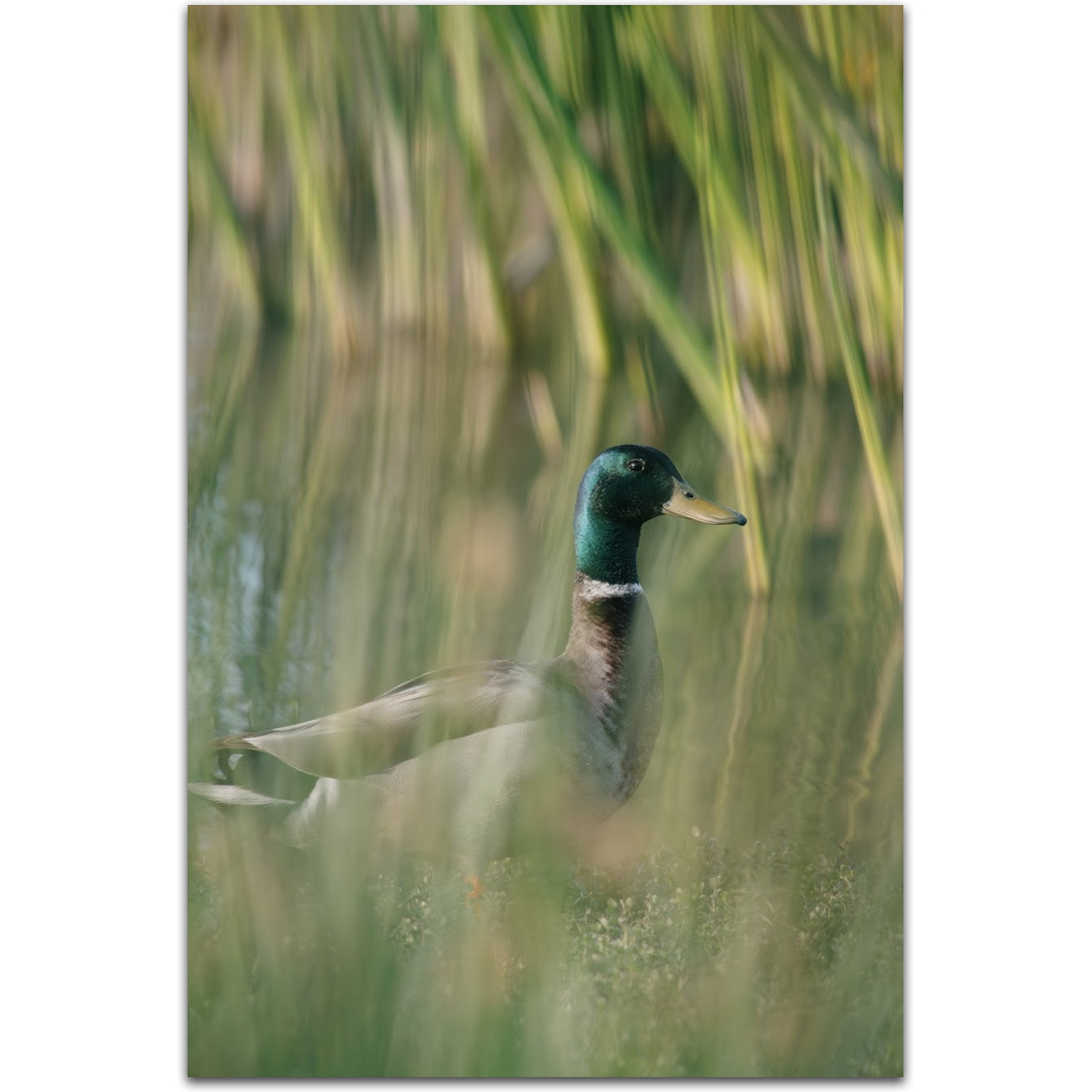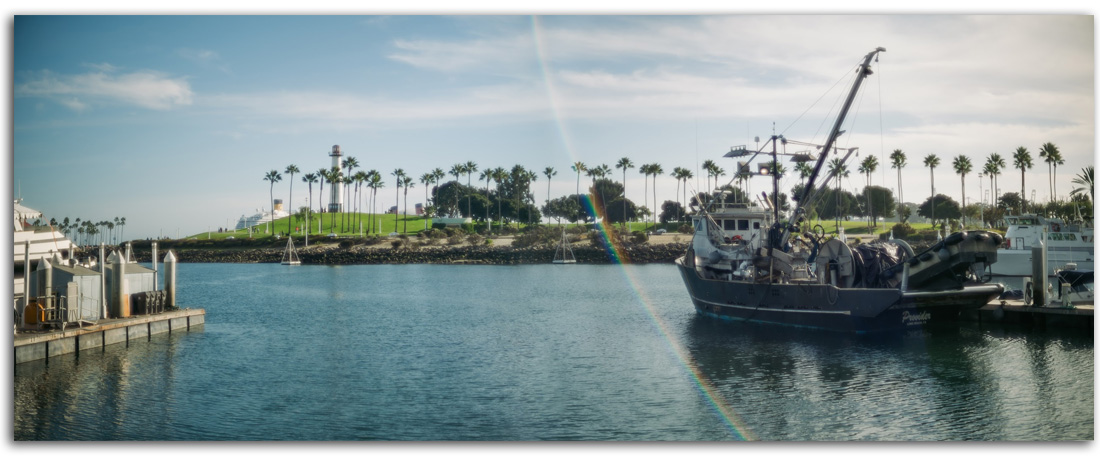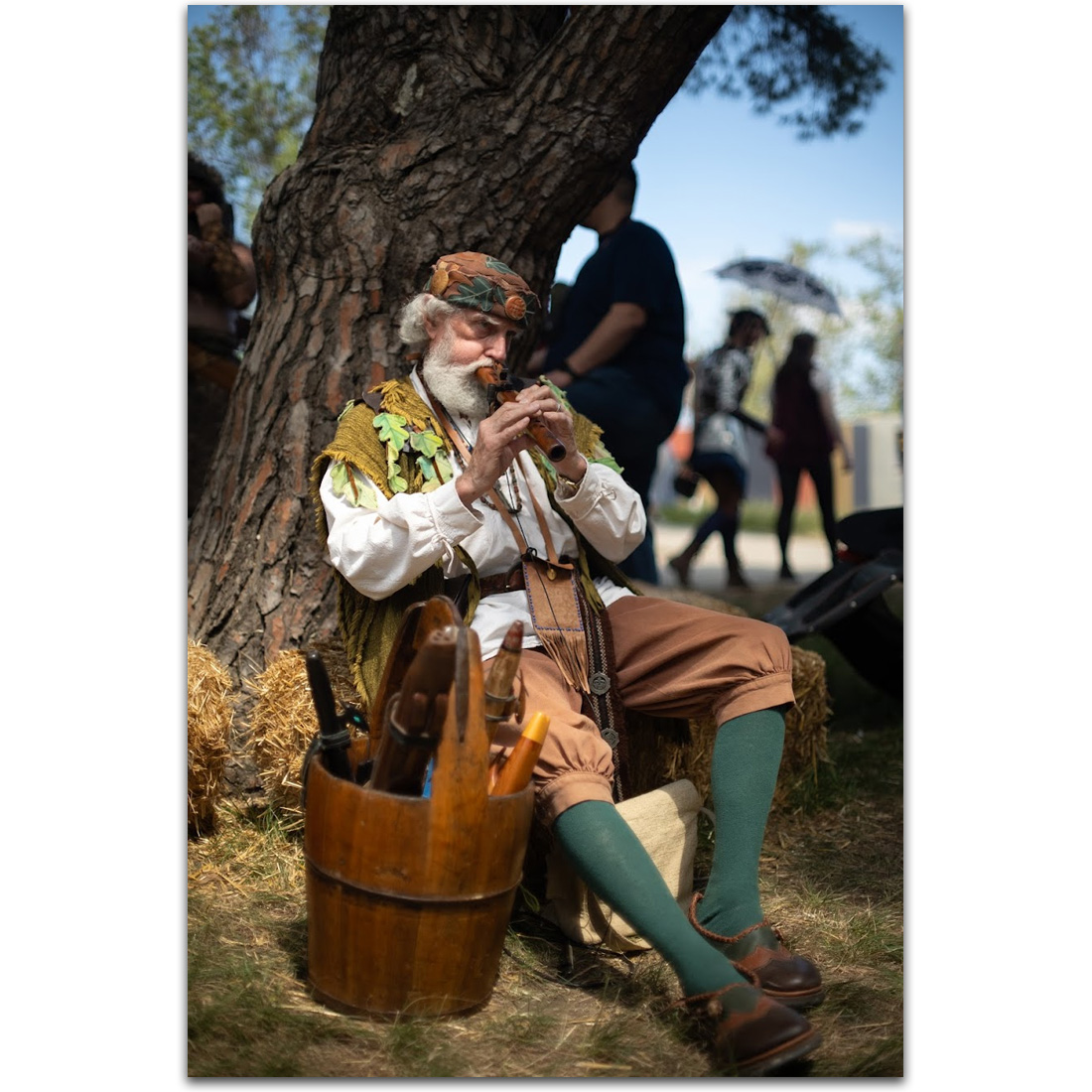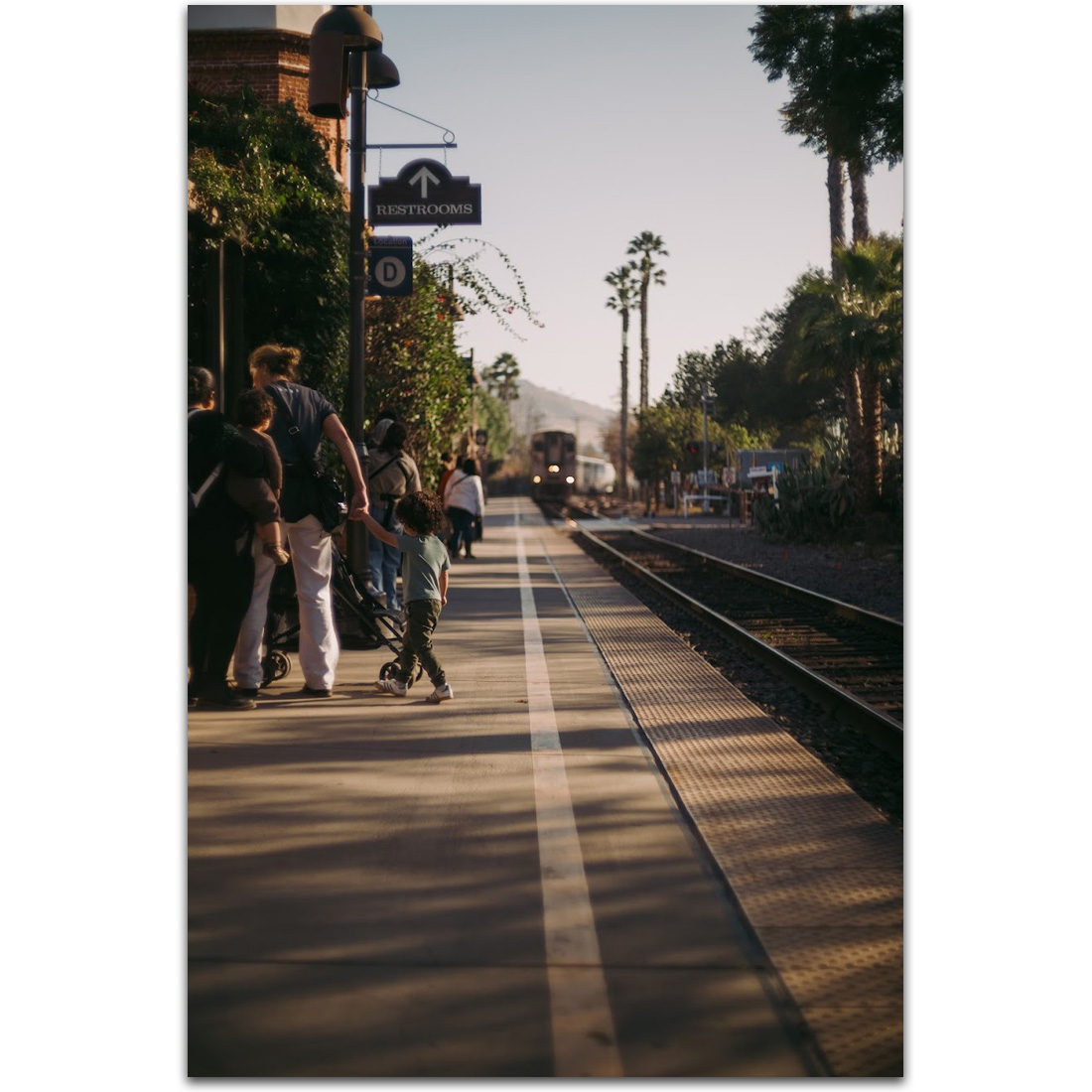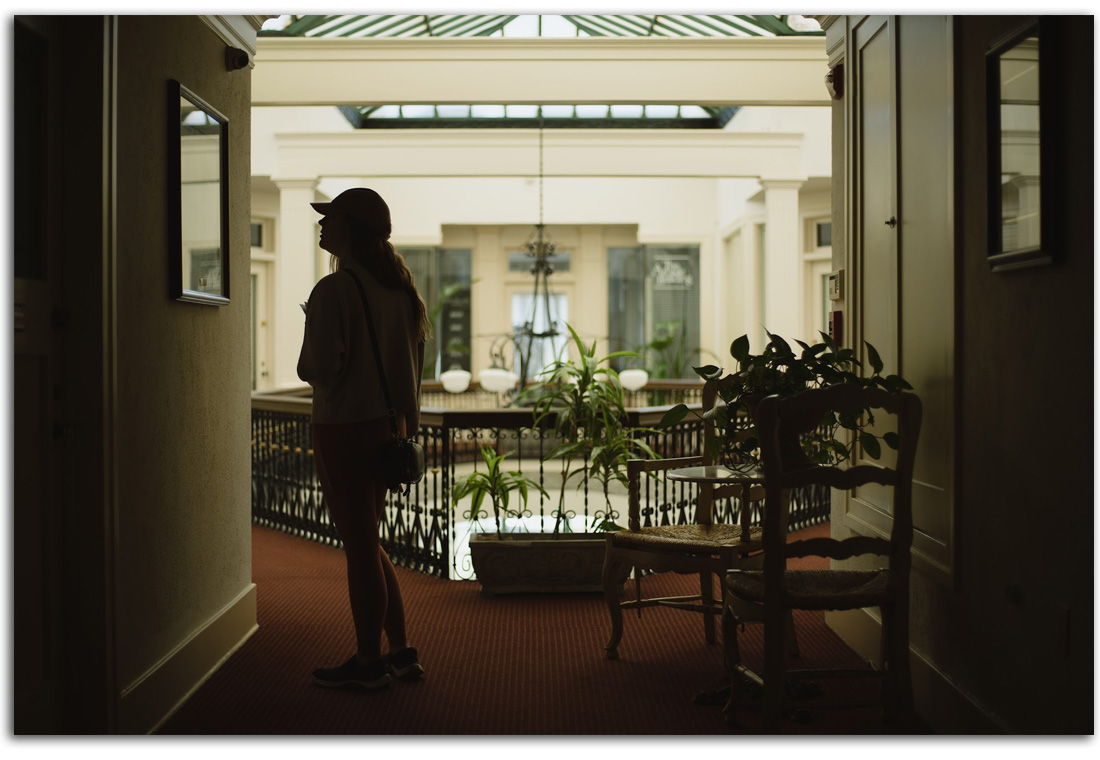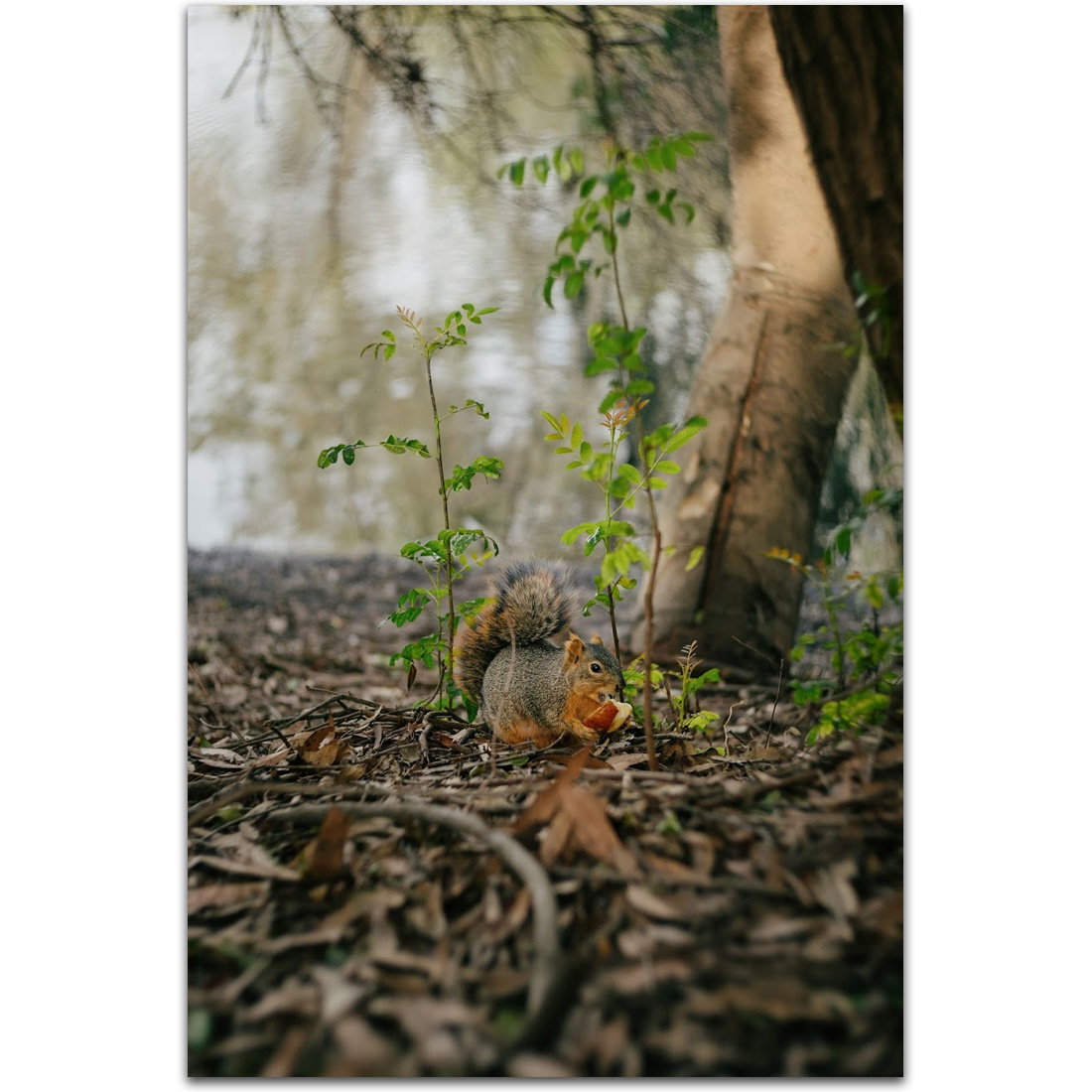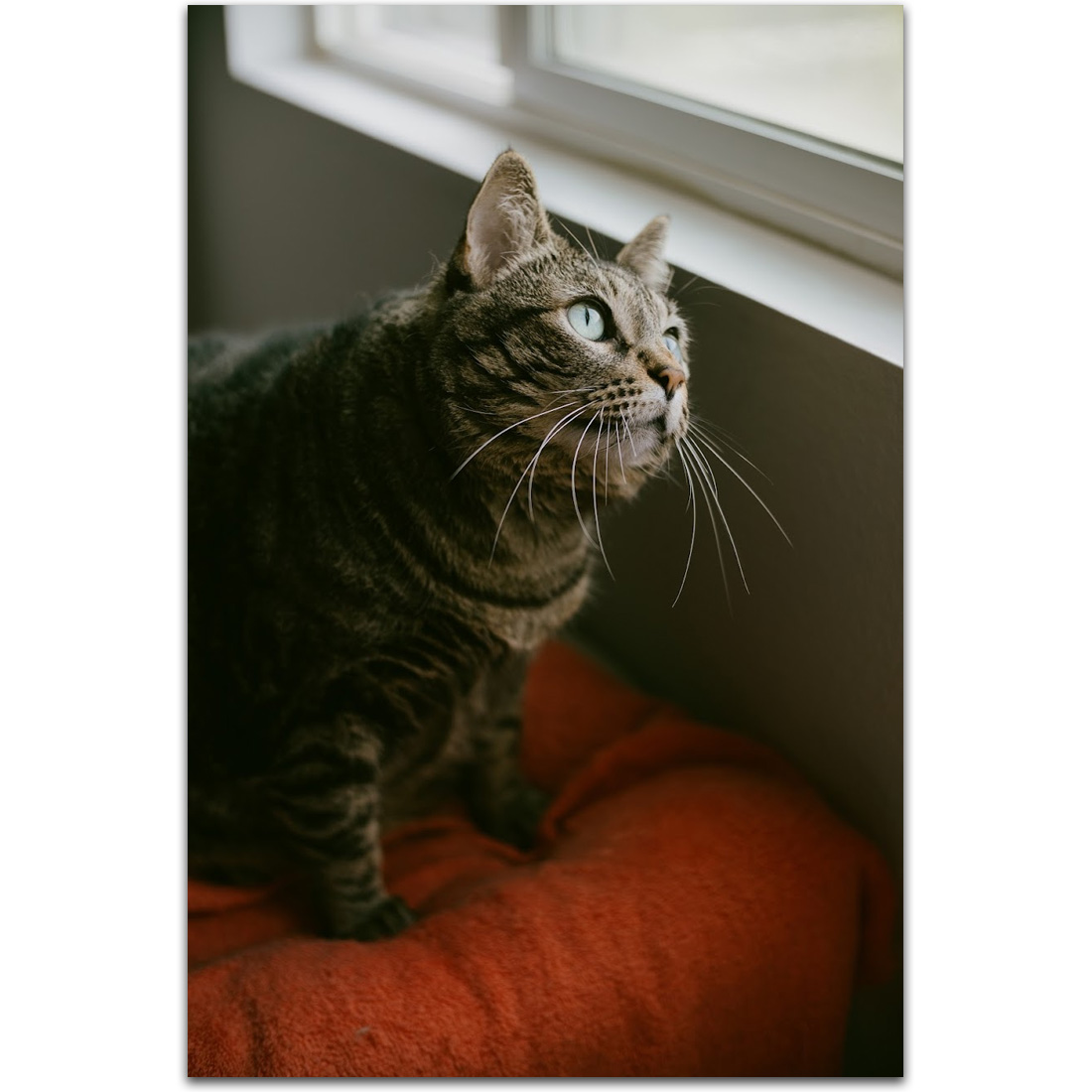Classic Glass, Modern Vision
A project dedicated to meticulously restoring, documenting, and adapting vintage lenses for creative use on today's digital cameras.
When buying a new camera, the natural impulse is often to pair it with the latest and most expensive lens available. These modern marvels are engineered for optical perfection and flawless autofocus, designed to meet the demands of professionals who require technically perfect images. However, in this pursuit of perfection, much of the hands-on, manual skill of classic photography has been automated away, and the unique 'character' of older optics has been engineered out in favor of clinical sharpness.
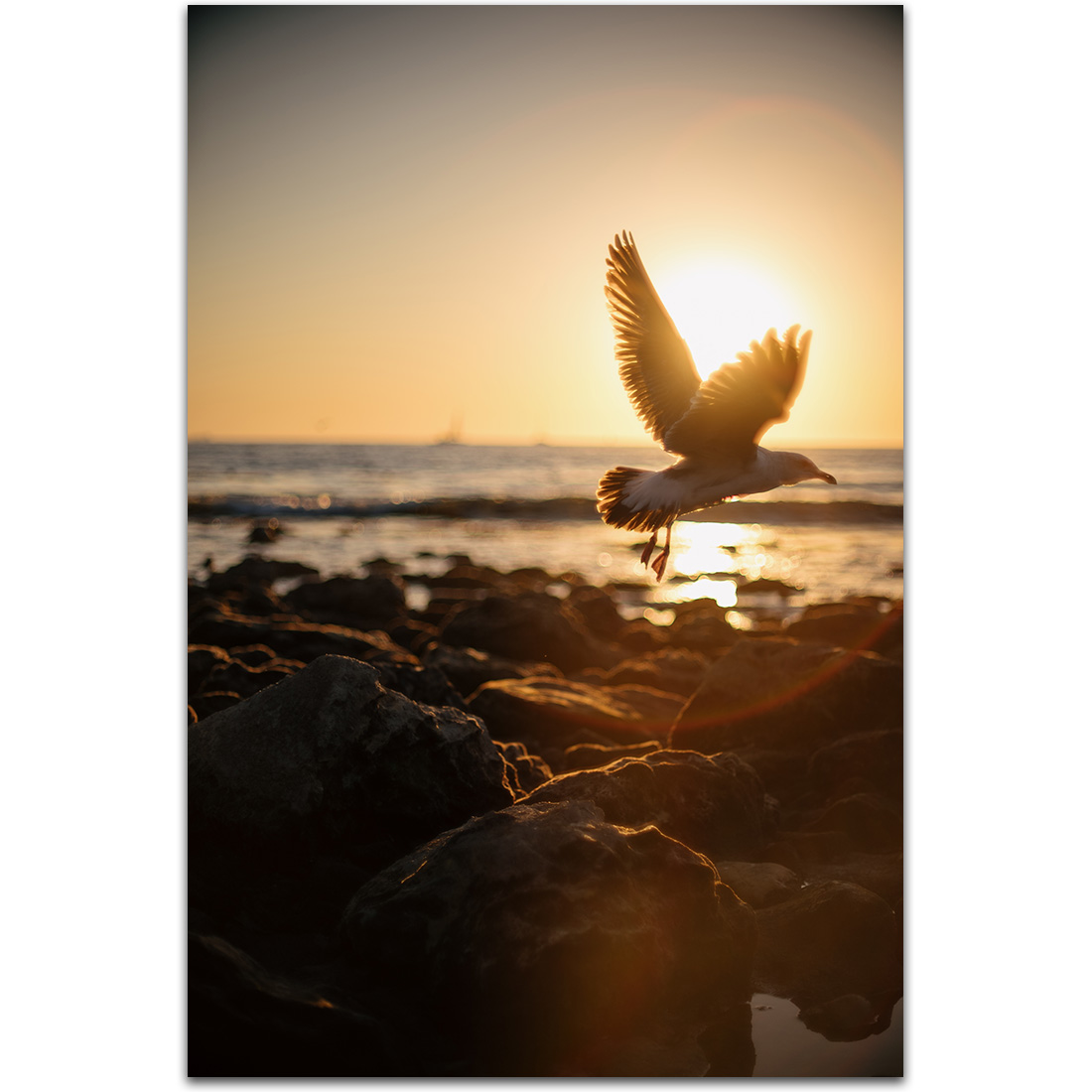
What many photographers are unaware of is that a vibrant subculture exists around adapting vintage lenses—from nearly any era of photography or cinematography—for use on today's mirrorless cameras. These lenses offer a tangible connection to the past and unique optical characteristics that are now highly desired precisely because they are not perfect. They demand a skilled photographer to bring out their full potential, rewarding a mastery of manual focus and aperture control with truly distinctive and soulful images.
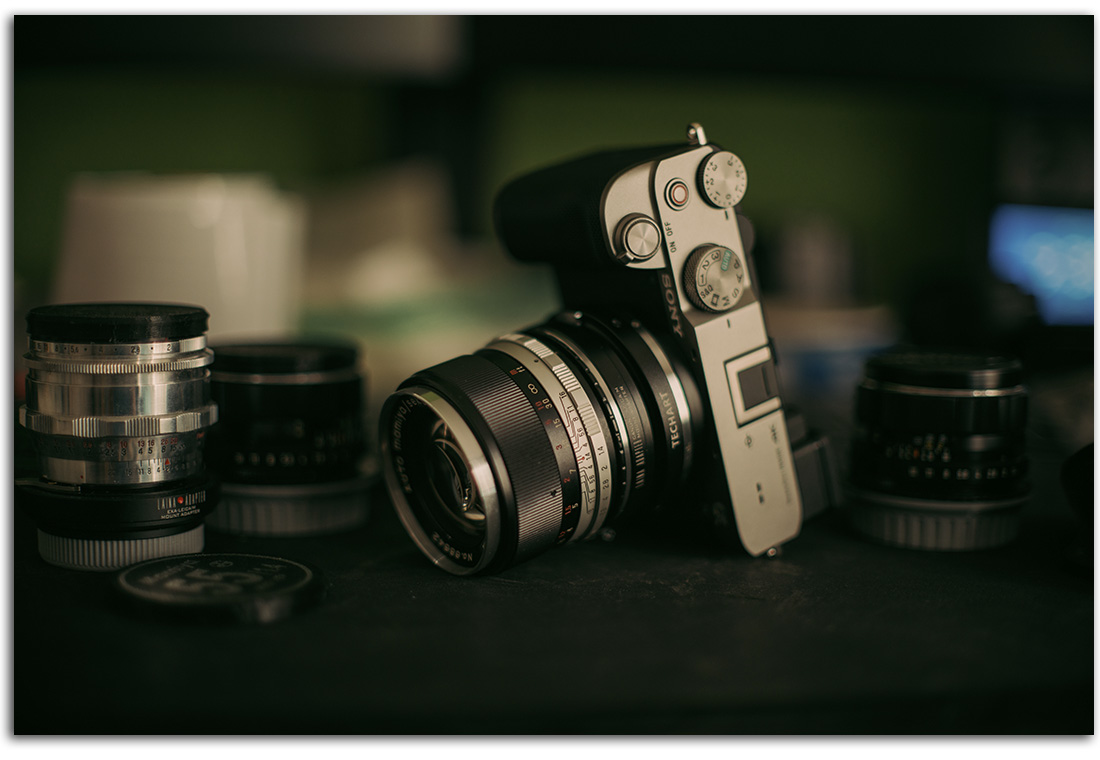
My ongoing goal with this project is to build a curated collection of the most desirable and influential vintage lenses from history. Each lens I acquire undergoes a complete restoration process—a full CLA (Clean, Lubricate, and Adjust)—to bring it back to peak mechanical and optical performance. The ultimate aim is not to create a museum of static objects, but a personally living library of functional tools, each fully prepared and ready to be used to capture beautiful and distinctive photos and videos.
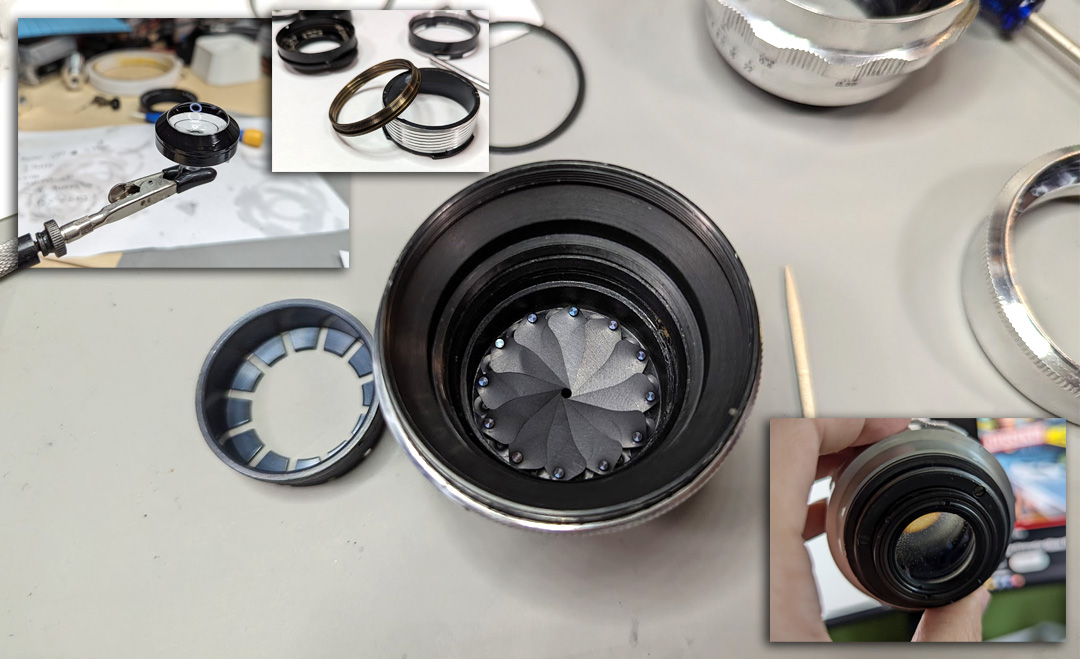
Achieving like-new performance from a decades-old lens requires addressing the common ailments of age, beginning with a complete disassembly. To restore optical clarity, each glass element is meticulously cleaned to eliminate internal dust and combat any fungus growth. For mechanical precision, the old, hardened grease in the focusing helicoid is completely stripped and replaced with modern lubricant to ensure smooth and accurate focusing. The aperture mechanism itself often presents a delicate challenge, as migrating oils can cause the iris blades to stick together; each blade must be individually cleaned and precisely reassembled. Finally, even small details like reapplying internal light-absorbing masks are crucial to controlling flare and restoring the lens's original optical signature
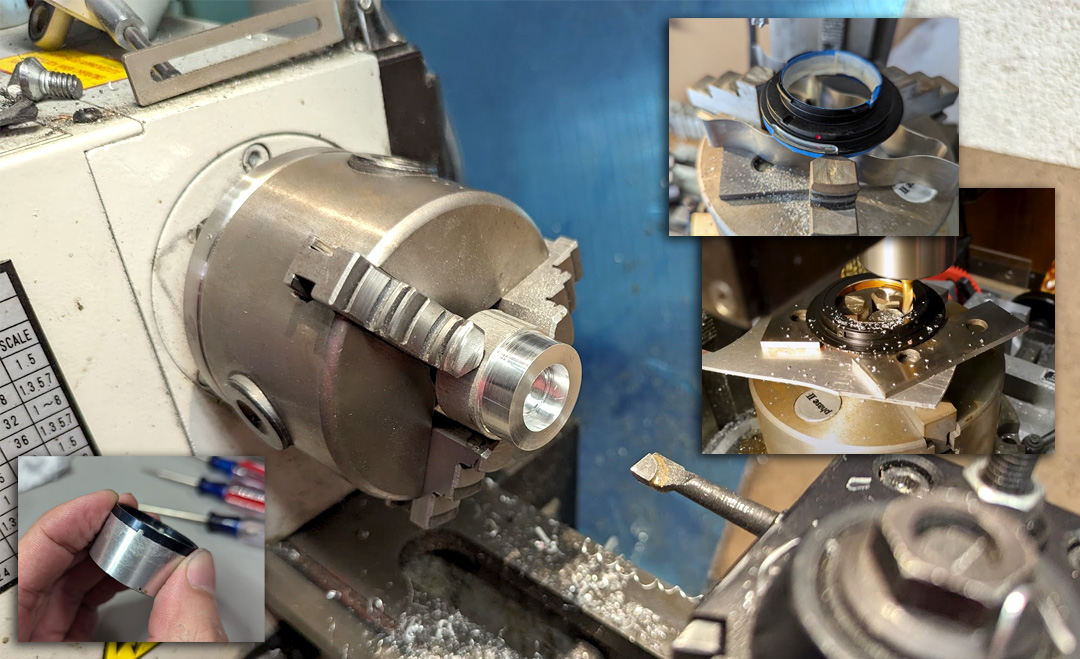
Successfully restoring and adapting these lenses requires a wide range of tinkering and fabrication skills, as assembly diagrams simply don’t exist for the majority of these vintage optics. Many were assembled with unique fasteners requiring special tools to be made for disassembly, while broken or missing parts, especially for rarer lenses, often need to be custom fabricated. While commercial adapters exist for many lens mounts, they frequently require significant modification to correct for poor fitment and ensure perfect optical alignment. For rarer lenses, where no commercial solution exists at all, adapters can sometimes be made from parts of the original camera they were attached to, or a completely custom lens mount needs to be designed and machined.
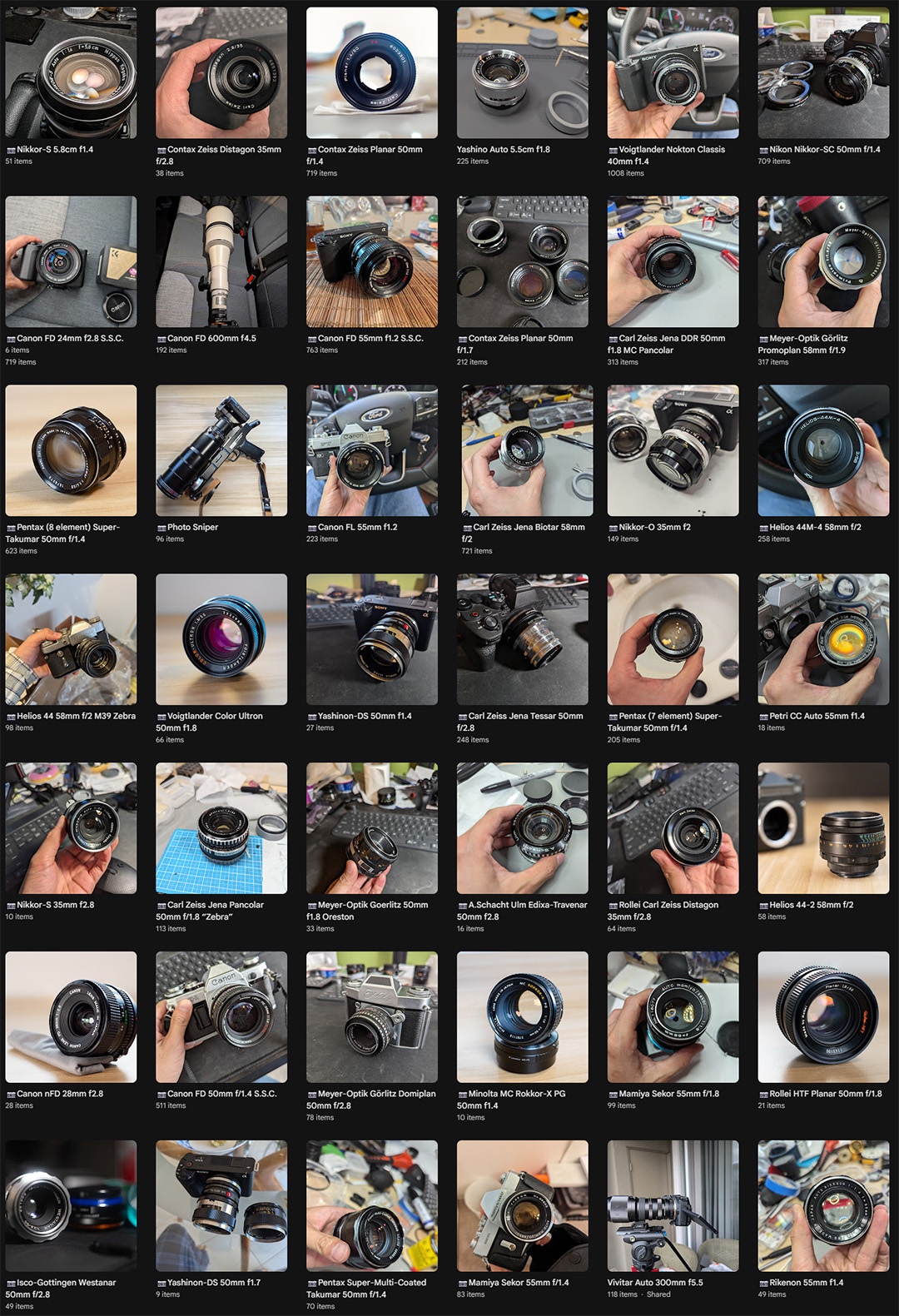
The documentation for each restored lens is twofold, covering both its artistic output and its technical restoration. First, I build a creative collection of photos and videos taken with the lens to meticulously document its unique optical signature—from its distinctive bokeh to its characteristic flares. Second, I take extensive steps to photo and video log each stage of the restoration itself, creating a detailed record of the disassembly and reassembly process. My ultimate goal is to merge these efforts into a giant reference library: a comprehensive catalogue that not only illustrates the artistic character of each classic lens but also serves as a technical database for their unique design and construction, providing an invaluable reference for any future work.
This deep dive into one area of photography also allowed me to apply my skills to innovate in other related applications. For example, I noticed a lack of an easy-to-use, stackable front-and-rear magnetic cap system for magnetic filter kits, so I used 3D printing to rapidly prototype my own practical solution. This mindset of identifying and solving niche problems has led to another one of my current development projects: a novel technique for embedding high-resolution graphics and text directly into 3D prints. This is a capability not yet available on the market, particularly for flexible filaments. I am now applying this developing technique to create my own line of custom semi-flexible lens caps.
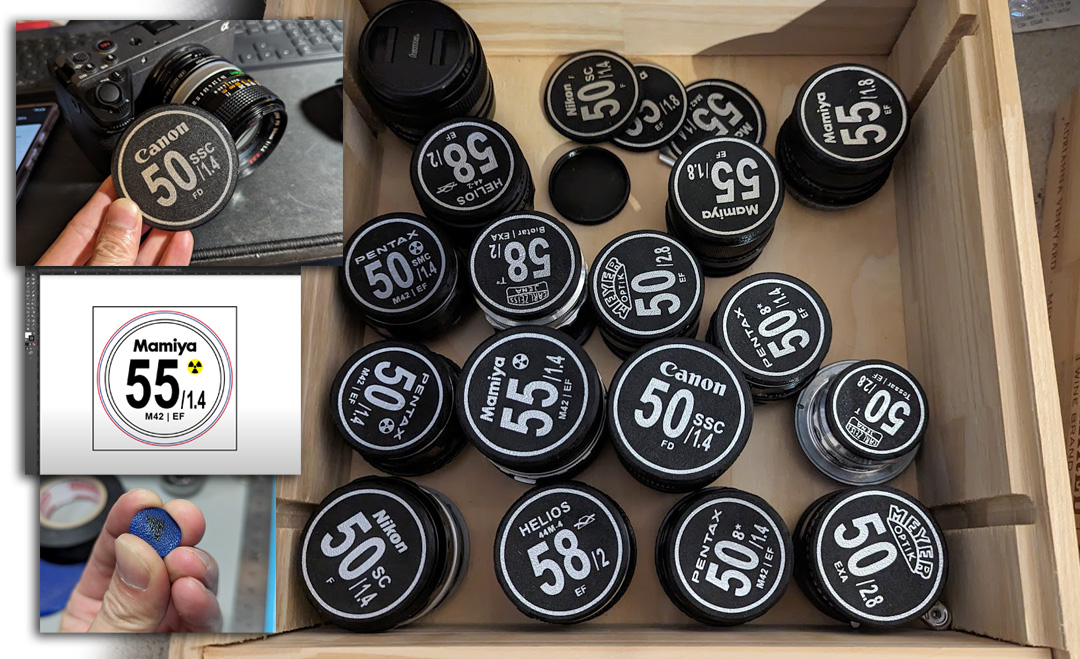
Ultimately, the goal of all the preceding work—from meticulous restoration to custom fabrication—is simply to create. Below is a selection of my favorite photographs, each captured with a different restored vintage lens from my collection. I believe they effectively showcase the unique optical character and soulful imperfections that make this journey so rewarding.
